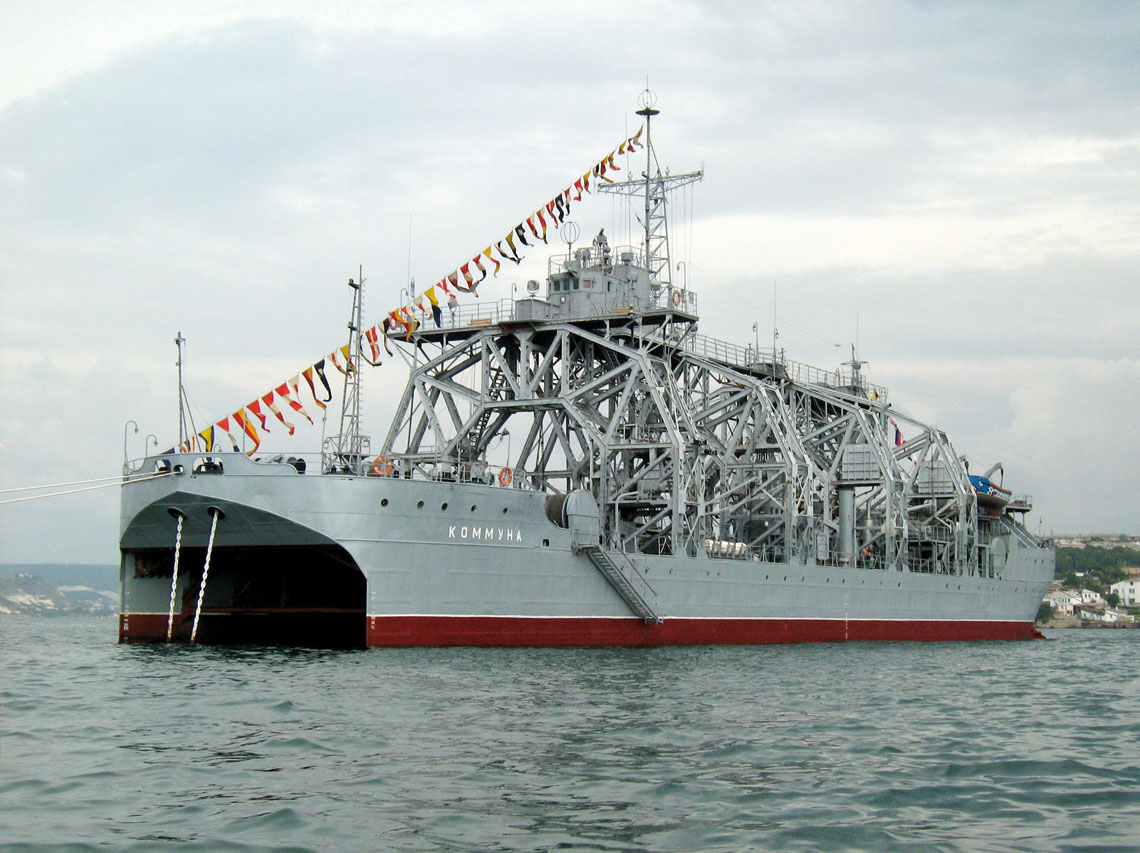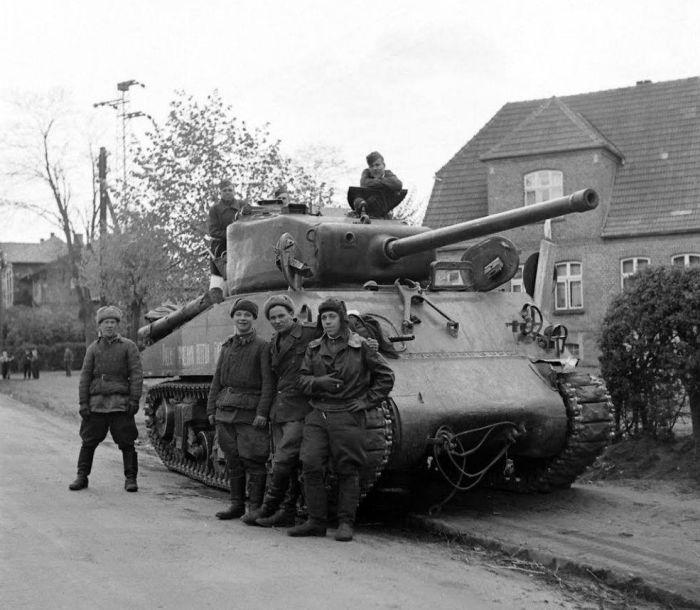
Stuletnia Kommuna
Rescue ship for submarines "Commune" at the flag parade. Modern photo. Photo by Vitaly Vladimirovich Kostrichenko
This July marked the 100th anniversary of the commissioning of the unique submarine rescue ship Commune, formerly known as the Volkhov. His story is remarkable in many ways - he survived two world wars, the Cold War, and the collapse of the tsarist empire and its successor, the Soviet Union. Unlike many newer, more modern ships hastily scrapped, this veteran is still in service, being the only surviving auxiliary unit of the Tsarist fleet. Not a single fleet in the world can boast of having such a thing.
France's withdrawal from the military structures of NATO in 1966 accelerated the actions that led to gaining independence in the field of protecting the country from the attack of the USSR. Meanwhile, already in 1956, work on nuclear weapons was intensified, carried out by the civilian Commissariat à l'Énergie Atomique (CEA - a committee on atomic energy that has existed since 1945). The result was the successful detonation of the large Gerboise Bleue nuclear "device" in Algiers in 1960. In the same year, President General Charles de Gaulle decided to create Force de Frappe (literally, a strike force, which should be understood as a deterrence force). Their essence was to gain independence from the general policy pursued by NATO. In 1962, the Coelacanthe program was launched, the purpose of which was to create a ballistic missile submarine known as the Sous-marin Nucléaire Lanceur d'Engins (SNLE). Such units were to form the core of a new branch of the military, the Force Océanique Stratégique, or strategic oceanic force, which was an integral part of the Force de Frappe. The fruit of Coelacanthe was Le Redoutable mentioned at the beginning. However, before that, fittings for a nuclear submarine were made in France.
In 1954, the design of the first assault ship with such a power plant (SNA - Sous-marin Nucléaire d'Attaque) began. It was supposed to have a length of 120 m and a displacement of about 4000 tons. On January 2, 1955, its construction was started at the Arsenal in Cherbourg under the designation Q 244. However, work on the reactor progressed slowly. The impossibility of obtaining enriched uranium led to the need to use a heavy water reactor on natural uranium. However, this solution was unacceptable due to the dimensions of the installation, which exceeded the capacity of the case. Negotiations with the Americans to obtain the appropriate technology, or even the most enriched uranium, were unsuccessful. In this situation, in March 1958, the project was "postponed". In connection with the launch of the aforementioned Coelacanthe program, it was decided to complete the Q 244 as an experimental installation for testing ballistic missiles. A conventional propulsion system was used and a superstructure was placed amidships covering the tops of four rocket launchers, two of which were prototypes fitted to Le Redoutable. Work resumed in 1963 under the new designation Q 251. The keel was laid on 17 March. Gymnot was launched exactly one year later, on March 17, 1964. Commissioned on October 17, 1966, it was used to launch the M-1, M-2, M-20 missiles and the first three-stage rocket of a new generation. missiles - M-4.
The success of Le Redoutable was based, in part, on the earlier development of the first land-based pressurized water reactor with submarine propulsion. Its prototype PAT 1 (Prototype Terre 1) was created thanks to the joint efforts of CEA and Marine Nationale specialists at the Cadarache test site near Marseille. Work begun before the launch of Coelacanthe was completed in April 1962, and less than a year later, PAT 1 received fuel assemblies. The first start-up of the installation took place in the middle of 1964. In the period from October to December, the system operated continuously, which corresponded to a run of about 10 km. mm in real conditions. Successful testing of RAT 1 and the accumulated experience made it possible to build a target installation and thus opened the way to the creation of first SNLE, and then SNA. In addition, he helped train specialists for the operation of nuclear power plants on ships.
